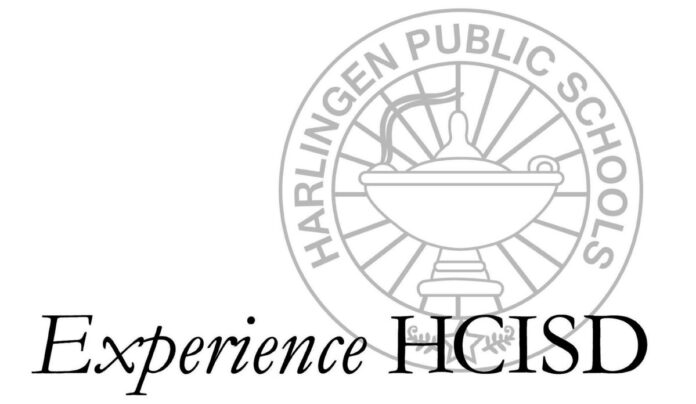HARLINGEN — Yarely Aguilar is excited about returning to in-person school.
“I like that I can talk to the teachers, ask them questions,” said Yarely, 14, an eighth grader at Vernon Middle School.
Yarely is one of more than 18,000 students in the Harlingen school district pursuing their education in the midst of the pandemic. About 30 percent of the district’s kids have opted for some face-to-face instruction. Others have chosen to continue virtual learning.
“I’m not going back to school because I don’t want my mom to risk getting COVID,” said Yessica Mendoza, a senior at Harlingen High School whose father died recently from the virus.
Campuses are taking numerous precautions to keep students safe if they do decide to return, said Harlingen School of Health Professions Principal Tina Garza.
“It will be very structured,” Garza said, referring to the increased restrictions to ensure students maintain safe distance.
“It’s going to be a much different state, it’s a very different time,” Garza said. “I know you’ve heard this word many times — it’s very ‘unprecedented.’ We still have to work on accomplishing the goal of school, which is to educate them. We also need to balance that very delicately with what we need to follow as far as parameters because safety is of the utmost importance.”
These heightened safety protocols kind of kill it for students like Zena Arozena, 17, a senior and honor student at Early College High School.
“There’s no benefit to going back,” Zena said. “You’re going to have a random teacher that’s just going to be there to supervise you while you are on your laptop all day long in one classroom with eight kids the entire school day. And you’re not even going to be allowed to be within six feet of each other.”
A great deal of speculation has circulated in the community about what the next few weeks will look like. To be fair, in this new and novel situation the information changes constantly, so it’s hard for anyone to have a clear handle on details.
Garza responded to one rumor that kids will be sitting in their classrooms but their teachers will be zooming in from home.
“No sir,” she said matter-of-factly.
“All the teachers are back on campus already, and so they will be there working with the students that are face to face or hybrid,” she said.
Those students who are not personally in-class will be zooming in from home for virtual learning. Therefore, teachers will give instruction to both face to face and virtual students.
One of Garza’s students, Laura Garcia, had planned to return for in-person instruction but then had second thoughts.
“When we’re at school, we don’t have breaks like we do in online school,” said Laura, 16, a sophomore.
“When we do online, we have at least 45-minute breaks between each class,” she said. “If we go to school we’re not going to have breaks like that.”
The breaks, she explained, make the intense workload more manageable.
Zena, president of the National Honor Society chapter, seemed to agree.
“At home, like when classes finish early or I have passing periods, I’m allowed to get up, stretch, go to the restroom, get a snack, talk to my siblings if they’re in a passing period too,” she said. “If I was at school it’s just me sitting down in front of a computer, and if I’m not doing anything I’m just sitting there.”
Students attending schools outside the district have had similar experiences. Gabriella Contreras, 16, had been stuck at home with virtual learning for months. But when she returned to school at Triumph Public High School in San Benito, it wasn’t much fun.
“When I went back to school I was facing the wall with no teachers and I was just on my computer,” she said. “I was the only student there.”





